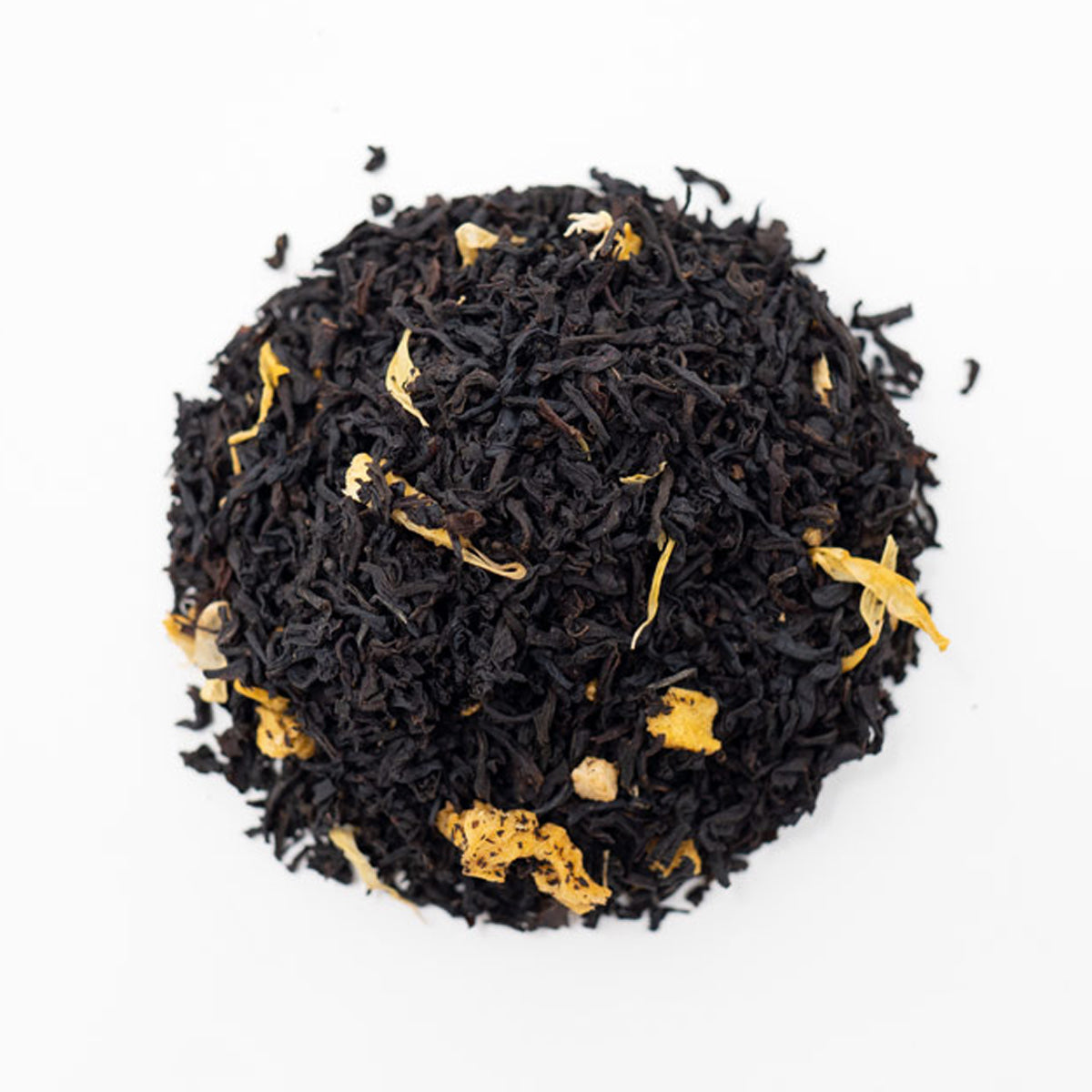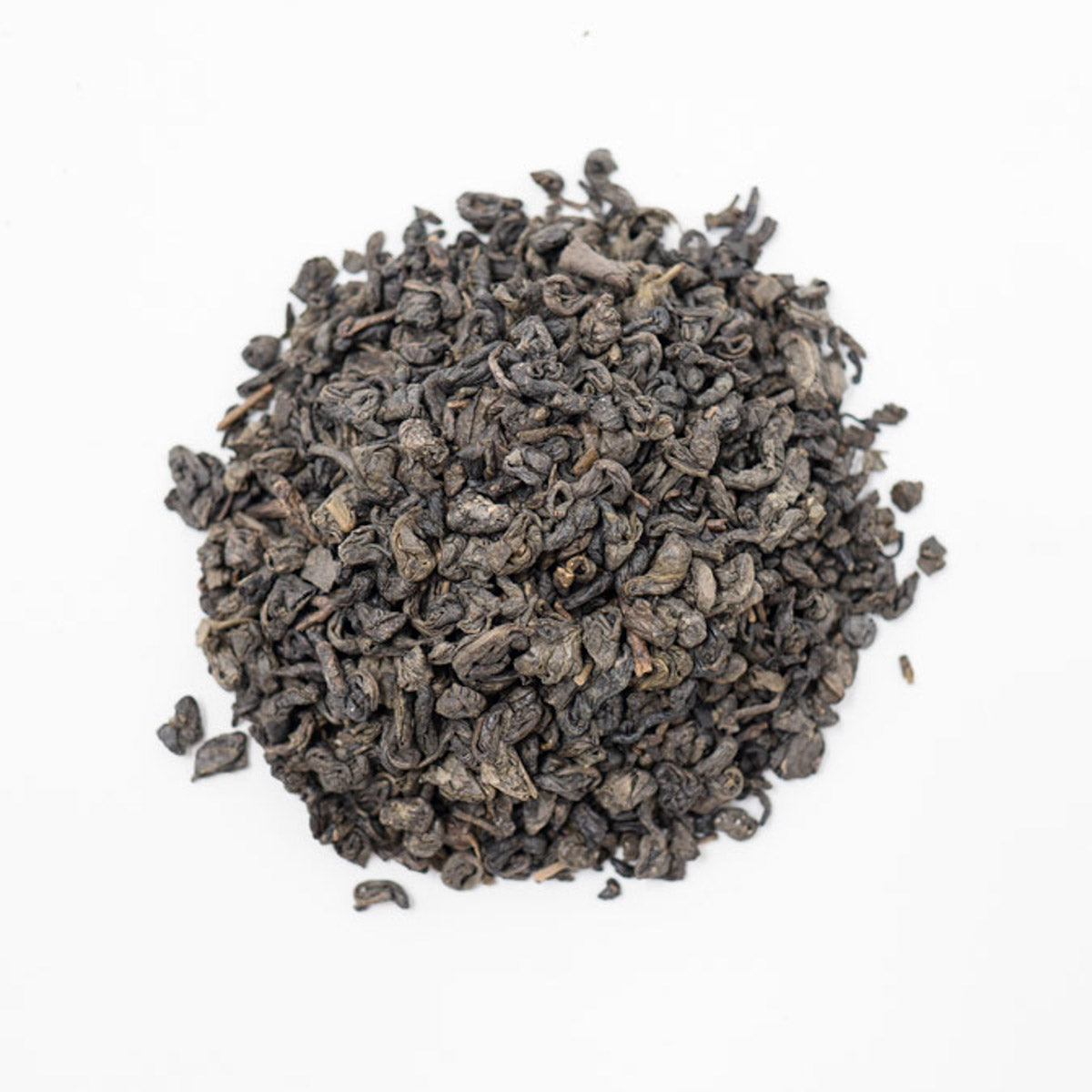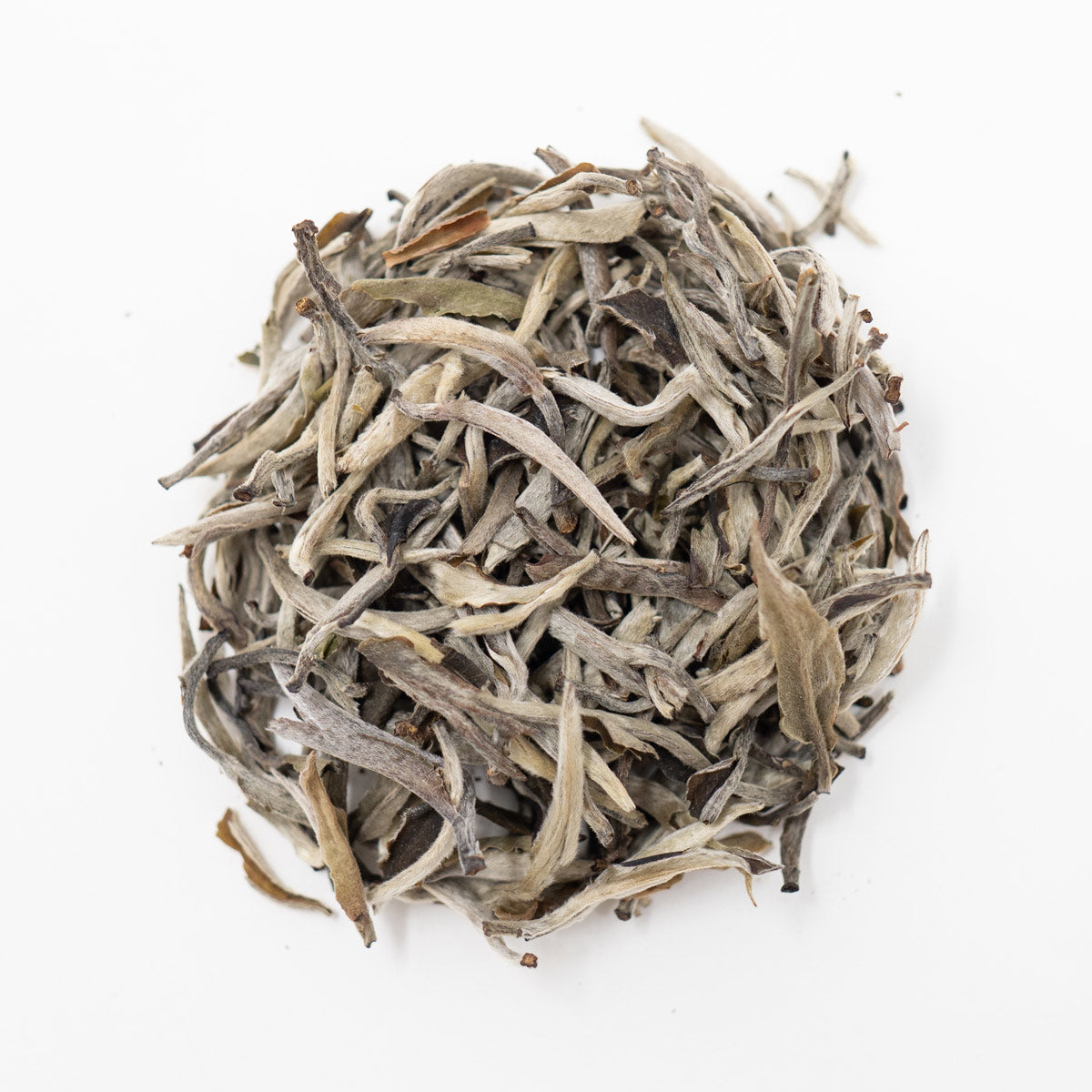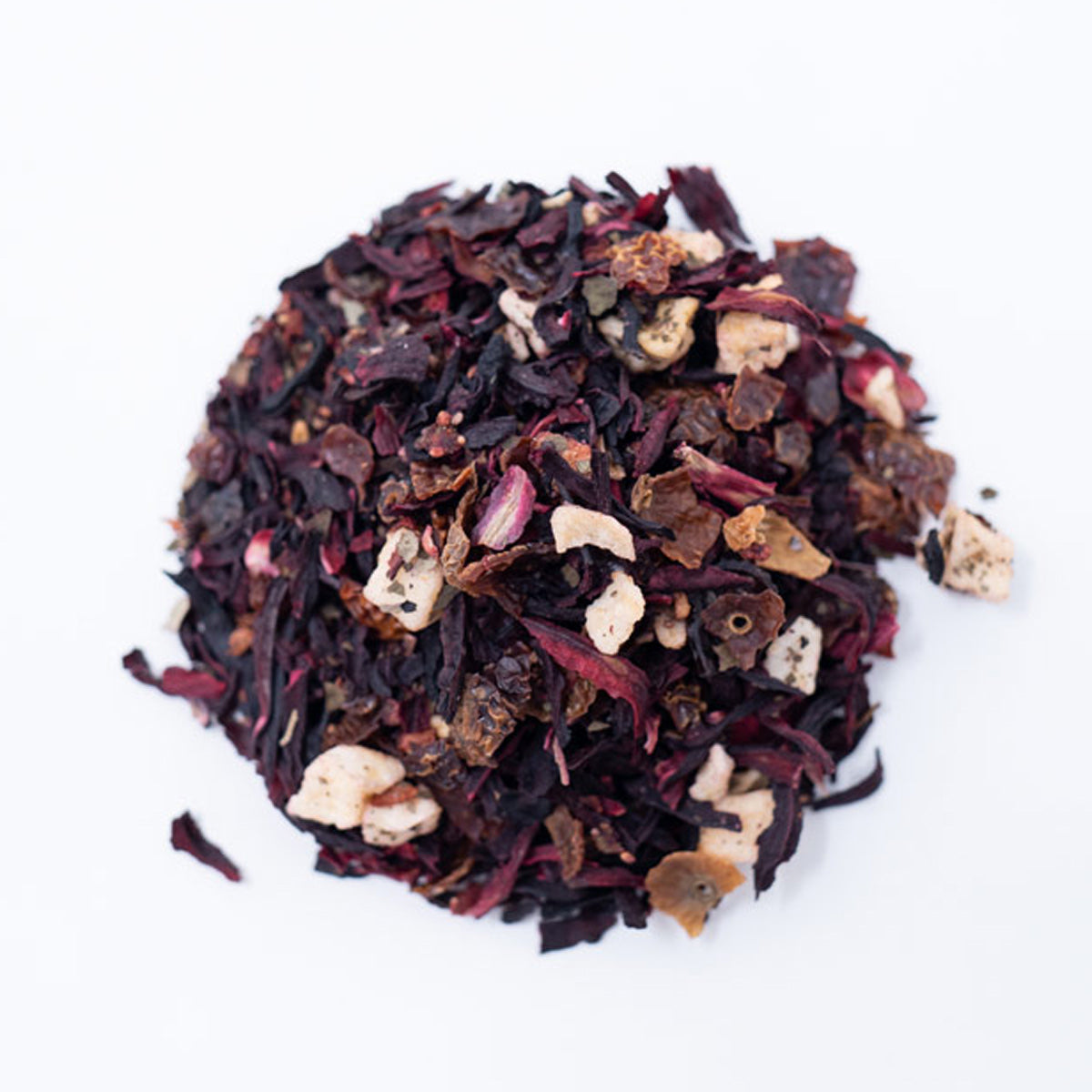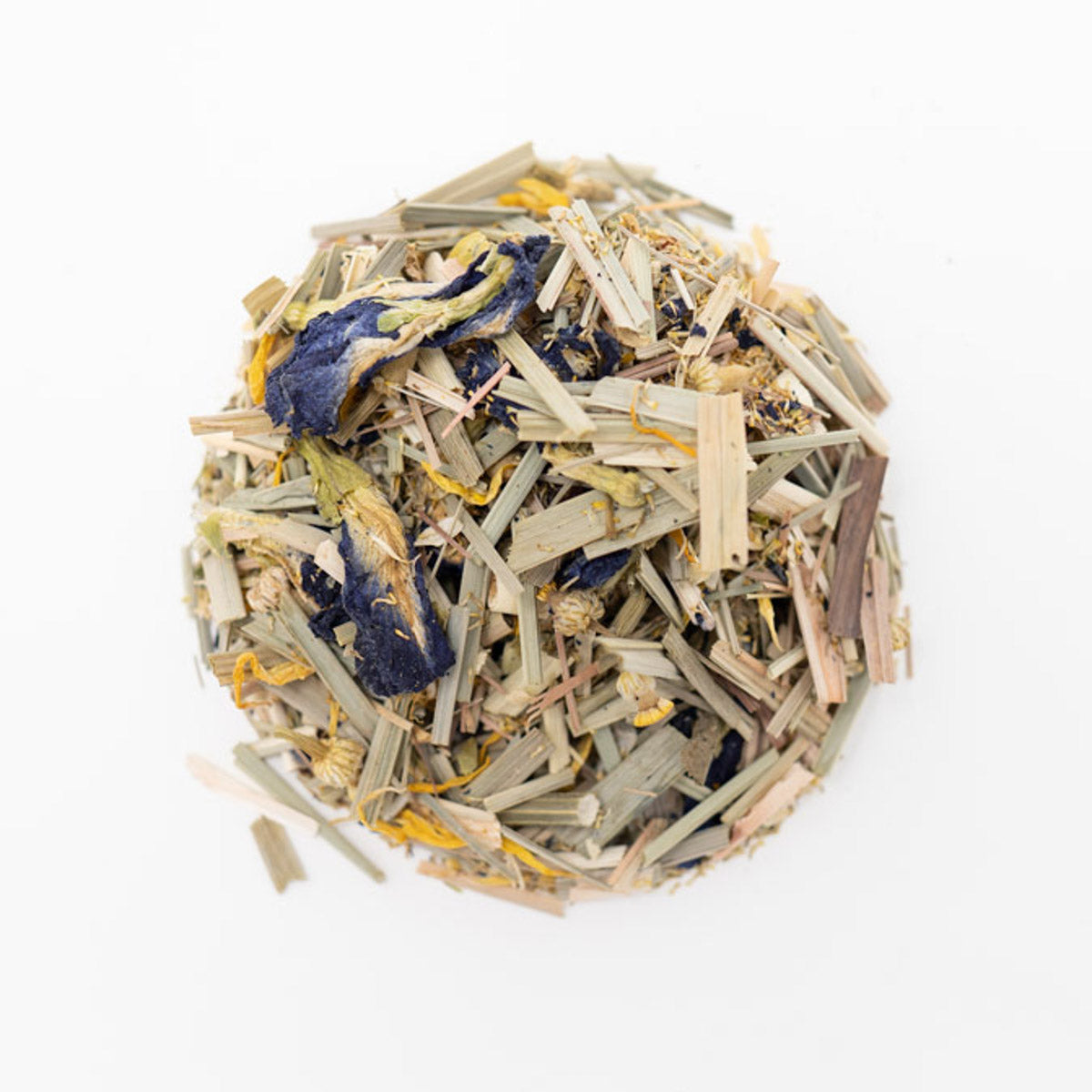How Women Have Shaped the Tea Industry
This year for Women’s History Month, we would like to talk about some of the remarkable women who have made an impact on history and the tea industry, making it the beautiful thing it is today.
When thinking of tea in a historical context, many people think of the place that made the beverage so popular and becoming; The United Kingdom. Catherine of Braganza was the woman who introduced tea to its fame in England. She was born a Portuguese princess but married King Charles II in 1662, making her the Queen of England, Scotland, and Ireland. Loose-leaf tea had already been popular in Portugal and was a distinguishable good amongst the upper class. When Catherine of Braganza moved to England, she brought her home country’s beloved tea with her. As she was now the Queen, the public found anything she did fashionable and began drinking the beverage as well.
Tea would continually gain popularity in England and the rest of the United Kingdom throughout the next few hundred years, and it is still quite popular there today. Naturally, when Great Britain ruled over the American Colonies, the popularity of the beverage would travel across the Atlantic. Penelope Baker of North Carolina fostered some of the first female political activism through tea by gathering 50 women to boycott British tea and participate in the 1773 Tea Act. During their boycott, Baker and her fellow ladies would drink makeshift tea made of mulberry leaves, lavender, and other herbs that could be found in their local territory. The events that followed the Tea Act and the Boston Tea Party led to the American Colonies gaining their independence and becoming the United States. In the newly founded country, coffee became the next big thing per se, but tea still remained in the spotlight as well. Once the 1920s rolled around, teahouses in the United States became quite prominent, and the majority of them were women-owned.
The roaring 20’s brought a wave of cultural progression and change to the United States and women were beginning to gain more independence. With this newly developing independence, many women began opening small businesses such as teahouses or tea rooms. The establishments ranged in style, some catering to high society and some to the working class. A handful of them was even run right out of women’s homes or gardens, creating unique aesthetics that patrons could not find elsewhere. As prohibition began, these small businesses only gained popularity as people were searching for new social places to occupy their free time now that bars and taverns were not as easily available. Business boomed and the female owners of these venues started to offer other goods within their walls such as jams, jellies, patchwork, and crafts.
Also within the United States, the First Ladies have become actively involved in the world’s tea industry. Starting with Martha Washington and Abigail Adams, a tradition was created where the current First Lady would host a tea party for the incoming First Lady. This is a tradition that continues today. Additionally, many of the early First Ladies would host tea parties for company as the presidents conducted important business meetings. Many of the ladies had their own signature tea recipes which they recorded in The White House Cook Book.
In the 1940s, a woman named Ruth Campbell Bigelow made her mark on the industry by founding the Bigelow Tea Company in 1945. Although her background was actually in interior design, she had a passion for tea which she turned into her career following the events of the Great Depression. After the Depression, her clients could not spend as much on design and her husband lost his job in publishing. She started Bigelow Tea Company to keep her family afloat during this time and it would go on to become one of the most well-known tea brands in the world. The company is still women-run today and generates over $100 million in annual sales under the current CEO and President Cindi Bigelow.
In addition to political, activism, and business-related ventures, women have also made scientific contributions to the tea industry. Dr. Annique Theron of South Africa is credited with discovering the medicinal properties of Rooibos tea in the 1960s. Dr. Theron had a daughter, Lorinda, who was suffering from allergies to breast milk and she could not find anything to resolve the reaction. She tried giving Lorinda Rooibos tea with her milk and found that it was the only thing that could soothe her allergies. After discovering this, Dr. Theron did additional research on the health properties of Rooibos but many people discredited her for being a woman. Eventually, her findings were given the attention they deserved. Dr. Theron went on to dedicate the rest of her research to helping people through allergy and skincare remedies. In 1971 Annekie Thereon Ondernemings Ltd was established.
This month and always we celebrate the incredible contributions women have made to the tea industry. We thank those who have come before us and aim to encourage future generations of women both within the tea industry and beyond.
Written by Kourtney Camm
